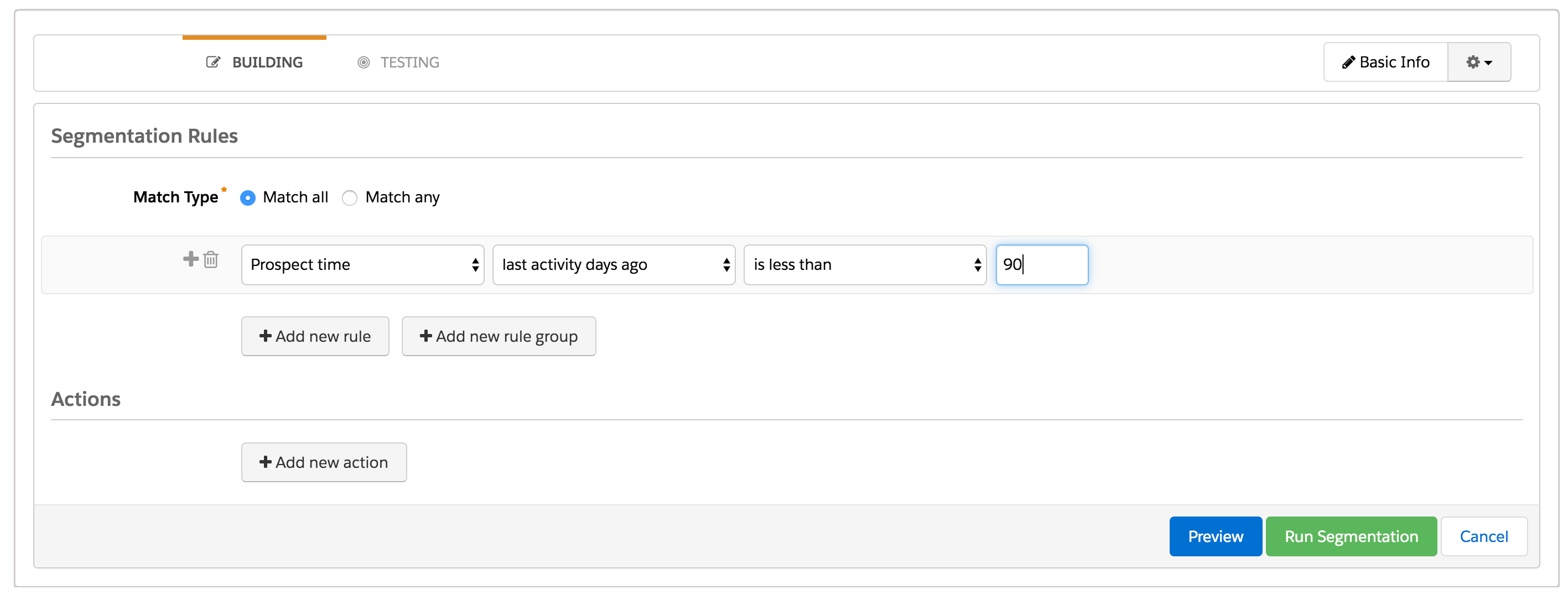
Marketing in the Time of Crisis
In the world of digital marketing, timing is everything. There’s a reason we pay attention to the timing of our posts on social media and comb through our deployment data to understand when we should send an email. The right email at the right time can prompt the desired action on the behalf of your prospect, be it filling out a survey or donating to a campaign.
But recently things have changed. We are currently experiencing a global pandemic that has left many in a state of emergency, shock, and anxiety. Between social distancing and heightened emotions, we’re interpreting and receiving messages in our inbox in an entirely new way. Open rates are down, click-through rates are falling, and unless you run a toilet paper delivery service, you may be seeing a decline in your conversion rate.
Now is the time to adapt our messaging. Or better yet — stop our messaging.
Halting non-essential campaigns may sound extreme, but think about it for a moment. Have you received an onslaught of email marketing centered on COVID-19 from non-essential businesses and organizations? You are a smart person; you’ve seen through the thinly veiled “We are here for you” sales pitches geared at selling the next product up on their docket. It’s obvious, and they aren’t fooling anyone. In fact, by sending sales pitches, you may be doing more harm to your brand reputation than good.
Let’s go over some of the Dos & Donts of marketing during a crisis:
Do: Talk about practical information
If you are an essential business, such as a healthcare provider, communicating your hours and other practical measures is entirely ok. Let your customers know if there are updates to your safety measures or new protocols you have implemented so that they feel safe and heard. Are your policies changing around allowing visitors, or are you canceling events? Perfectly okay to send that email.
Don’t: Tone-deaf messaging
Now is not the time to run a “Pandemic Promo” or make light of the situation. Jokes are great, but will they land correctly in your prospect’s inbox? No one wants to go viral for telling a poor joke or for running an ill-timed fire sale.
Do: Target your messaging
It’s time to rely heavily on your segmentation strategy. Have you received COVID-19 emails from brands you haven’t interacted with in years? Did it come across as insincere and just remind you to unsubscribe? Chances are the people most interested in your updates are your most active subscribers.

If you are using Pardot, create a Dynamic List or run a Segmentation Rule with the criteria “Prospect time > last activity > is less than > 90 days” and target only those who have been engaging with your marketing materials over the past three months. There is no need to email someone who hasn’t interacted with your organization in years. In fact, it may prompt them to flag you as Spam and drive your email reputation down
Don’t: The COVID-19 email
Do you really need to send your customer base another crisis-themed email? Unless you're the CDC or a medical organization, you may not be providing any useful information. In fact, you may be cluttering their inbox, making them miss practical, critical messages they need to stay informed. Unless you are a leader in this space, now may be the time to hold off on running promotions that capitalize on the current situation.
Do: Review and pivot
Take stock of your upcoming email deployments and any autoresponders and automation you have firing. Do you currently have a drip campaign up and running? Take this time to put a pause on any unnecessary sends and review their content to ensure you aren’t sending out insensitive or untimely materials. Instead of pushing content to inboxes, turn to your other platforms to ensure your messaging gets out. Use social media to let your users know how your organization is handling things internally — or place a banner on your website with a link to a blog post. You do not need to go searching for users to read your updates during a crisis. If they need you, they will come find you.
In Conclusion
The best thing you can do is to sit tight on any non-essential deployments. Focus your efforts on what you can control and become comfortable with the idea of putting a hold on your upcoming campaigns. It’s okay to pause your campaigns and to give inboxes a break. How you handle the situation now will determine how much your prospects trust you in the future.
How are you handling your organization’s response to COVID-19? Let’s chat in the Salesforce Trailblazer Community or on Twitter @Tamara_Buran.
